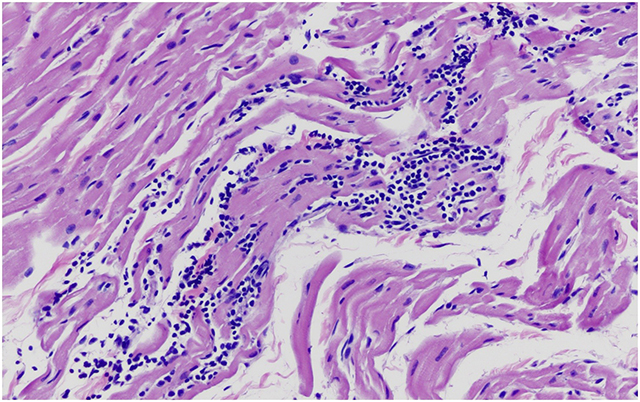Prevalence of Trypanosoma cruzi infection… 2020 Veterinary Parasitology article
Title: Prevalence of Trypanosoma cruzi infection and associated histologic findings in domestic cats (Felis catus)
Authors: Italo B. Zecca, Carolyn L. Hodo, Sarah Slack, Lisa Auckland, Sandy Rodgers, Keswick C. Killet, Ashley B. Saunders, and Sarah A. Hamer
Journal/Date of Publication: Veterinary Parasitology, 2020
DOI: 10.1016/j.vetpar.2019.109014
Objective: To quantify domestic cat infection with T. cruzi using serologic and molecular approaches in a Chagas-endemic region of the southern United States, and to evaluate cardiac pathology in naturally infected versus uninfected cats.
Type of Study: Prospective, cross-sectional study
Conclusions:
- Seroprevalence: 11.4% of cats were seropositive.
- Molecular Findings: T. cruzi DNA was detected in 1.8% of cats; TcI genotype found exclusively.
- Histologic Findings: 42.1% of seropositive cats exhibited cardiac inflammation.
- Domestic cats are potential reservoirs for T. cruzi, underscoring the need for further research on their role in disease transmission and pathology.
Clinical application:
- Veterinarians in endemic areas should consider T. cruzi infection in cats with undiagnosed cardiac issues.
- Need for awareness about Chagas disease in cats, as it could signal risk to nearby humans and animals.
- Suggested monitoring of cats in endemic areas, especially those in rural and vector-prone environments.

